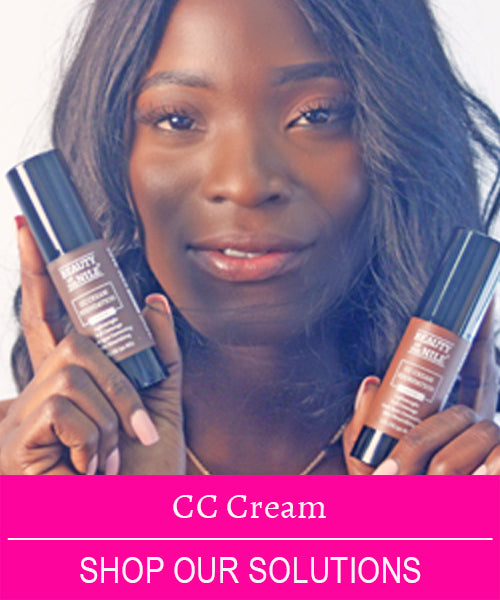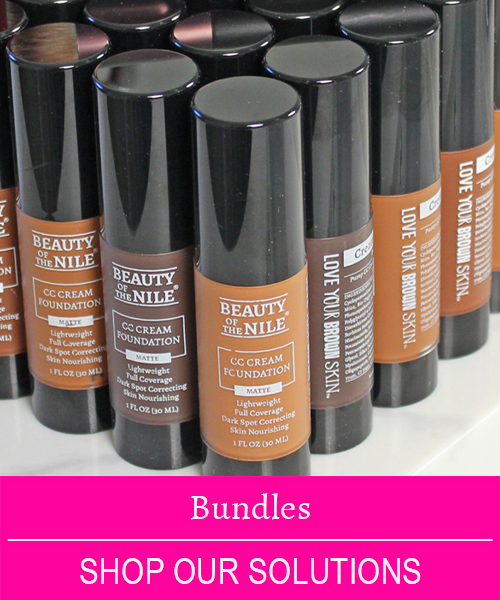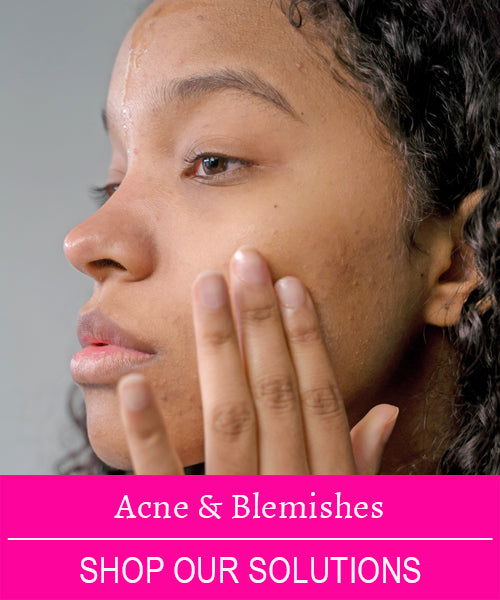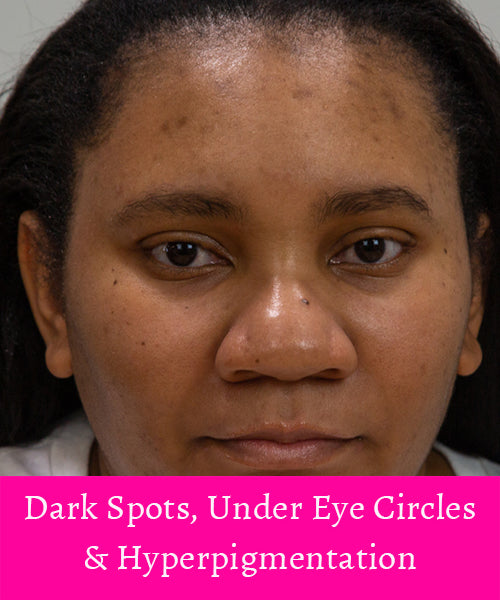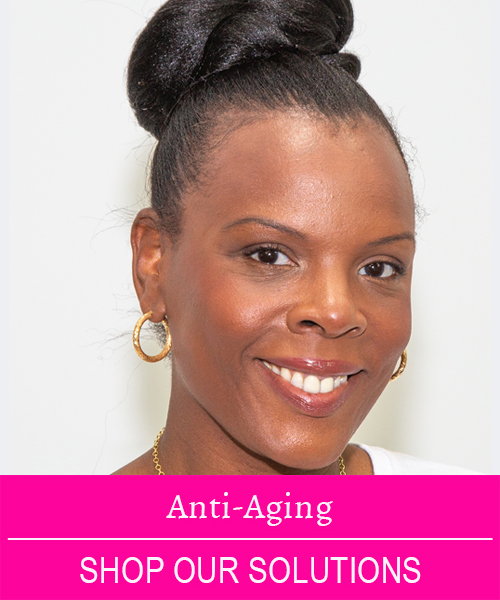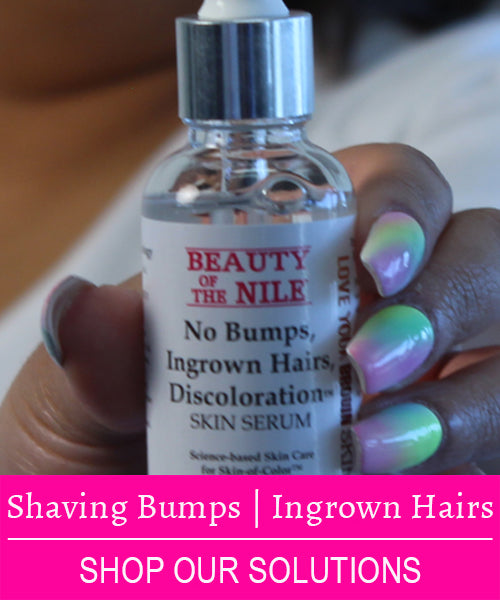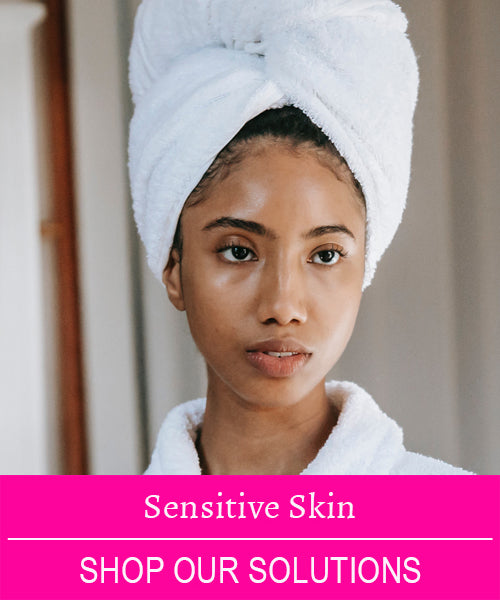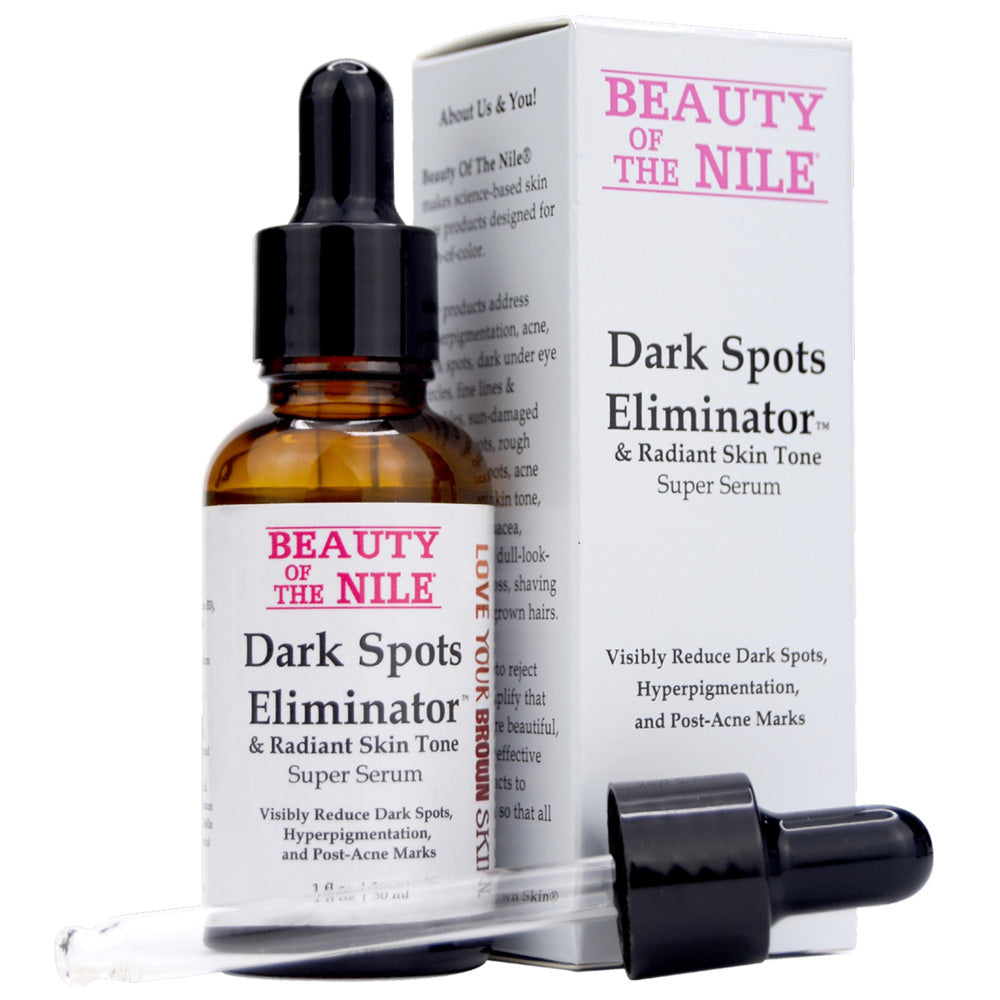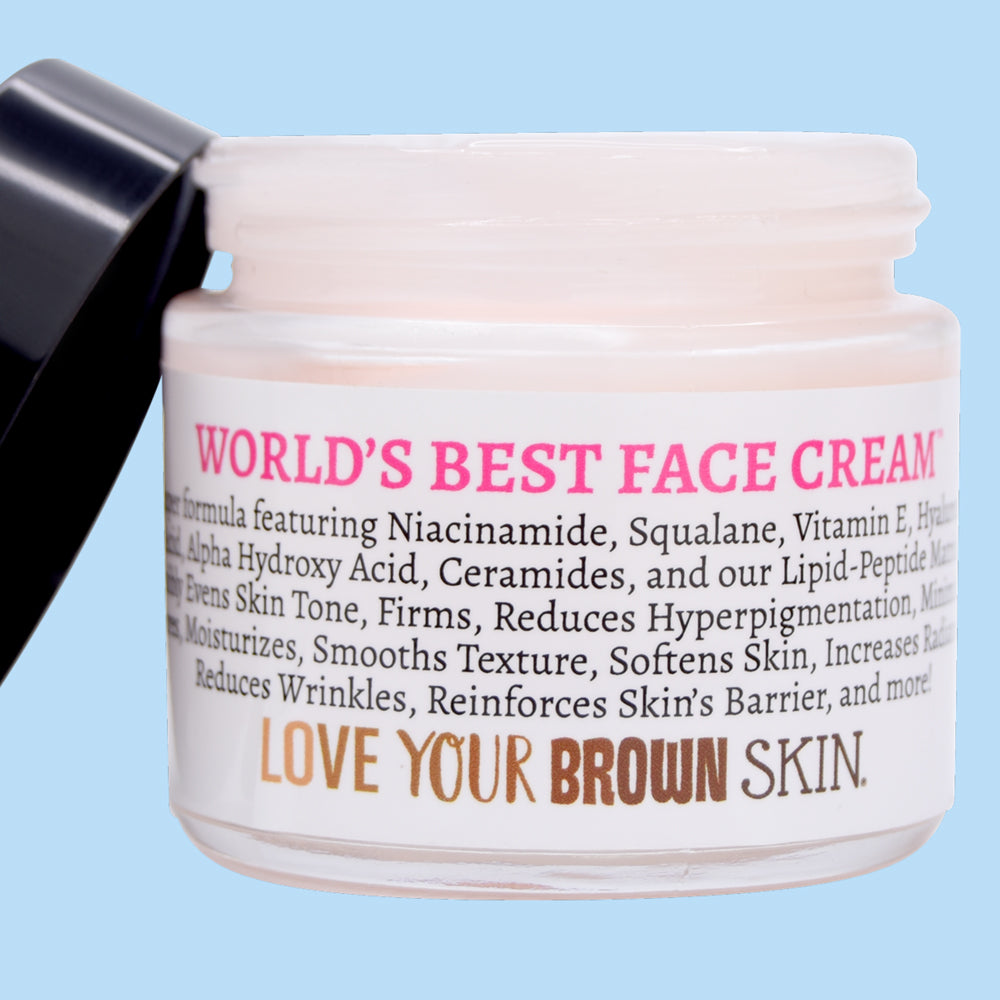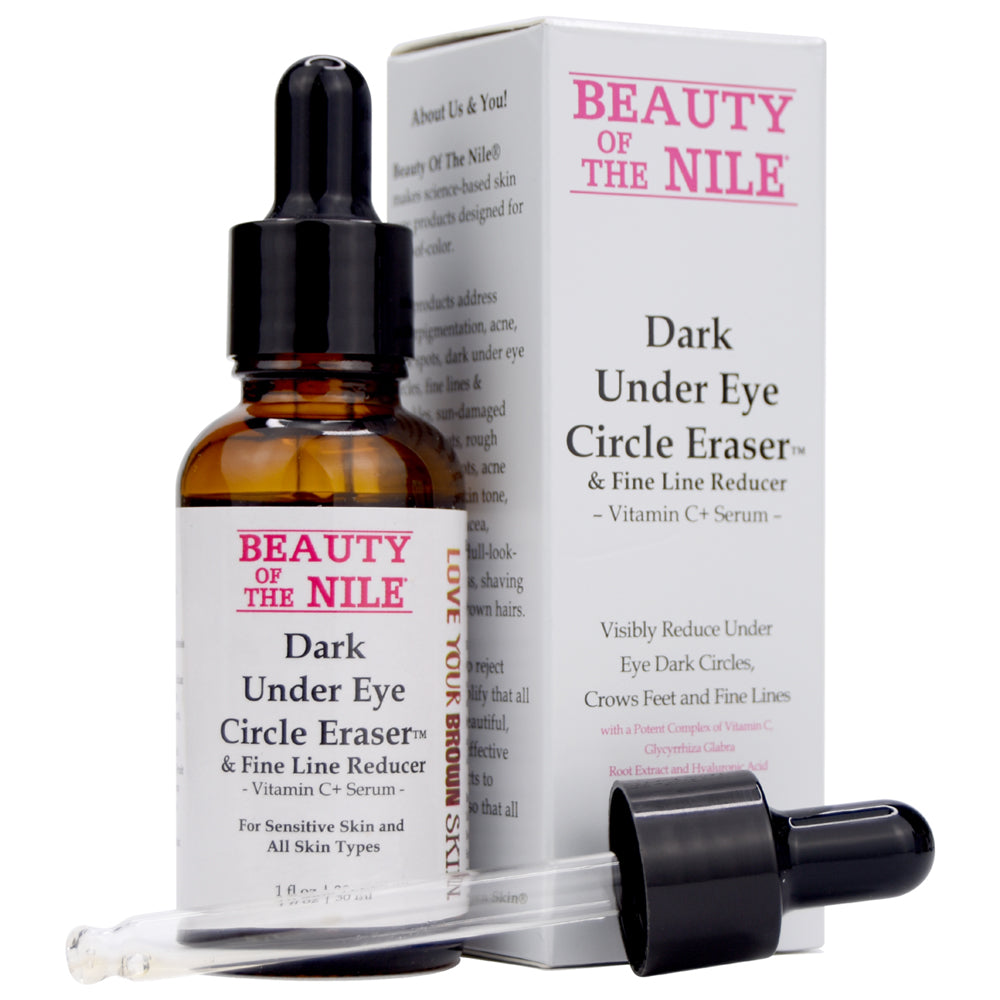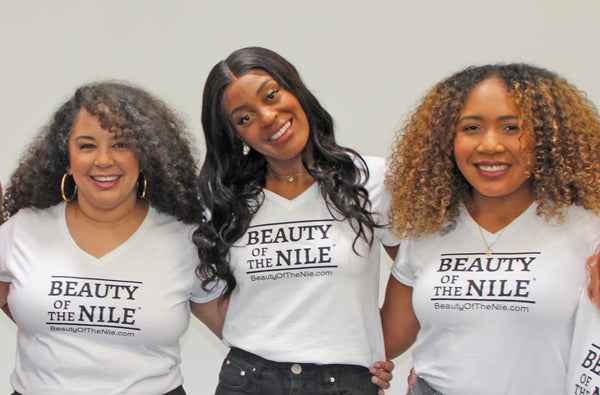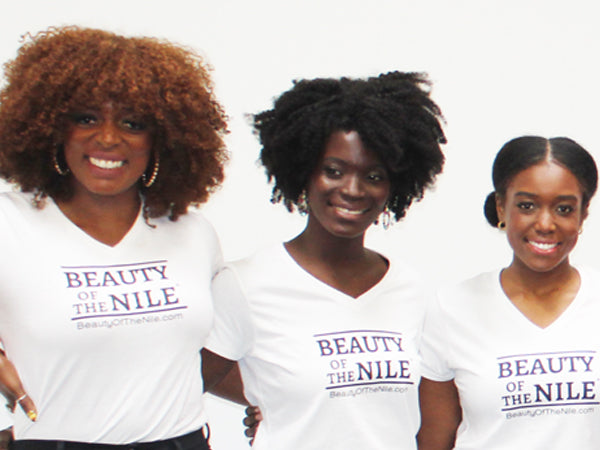5 Key Benefits When You Stop Colorism in Your Family
by Darryl L. Mobley
I have been known to say that to practice colorism is to be insane. Here’s why.
I. Introduction
What are the 5 key benefits that will occur when families eliminate the colorism within their family?
Eliminating colorism within a family brings significant benefits, fostering a more supportive and inclusive environment. Here are five key benefits:
1. Stronger Family Bonds
Removing colorist attitudes helps create a more loving and accepting family dynamic. When all members feel valued regardless of skin tone, it strengthens emotional connections and reduces divisions.
------>>>How to use the best serum to treat & eliminate INGROWN HAIR on your ARMPITS, CHIN, and BIKINI AREA ===> CLICK HERE <<<-----
2. Higher Self-Esteem for All Members
Children and adults alike will develop a healthier self-image when they are not judged by their complexion. This boosts confidence and encourages self-love, particularly for those who may have previously felt undervalued.

3. A More Positive and Inclusive Home Culture
By rejecting colorism, families establish a culture where diversity in beauty is celebrated. This teaches children and future generations to appreciate all skin tones, breaking cycles of discrimination and bias.
4. Better Opportunities for Everyone
When families eliminate colorism, they encourage fair treatment based on merit rather than appearance. This helps create equal opportunities for success in education, careers, and social interactions.
5. Contribution to Societal Change
Families are the foundation of society. When a household eliminates colorism, it sets an example for friends, schools, workplaces, and communities. This ripple effect helps reduce colorism on a larger scale, leading to a more equitable world.
TL;DR => See the chart at the end of this guide.
A. Defining Colorism
Colorism is the preferential treatment of individuals with lighter skin tones over those with darker complexions. Unlike racism, which discriminates based on race, colorism occurs within racial and ethnic groups and is rooted in a preference for lighter skin. This bias manifests in various ways, from social advantages to professional opportunities.
-------->>>Do NOT CLICK HERE unless you have DARK SPOTS on your FACE, NECK, HANDS, or PANTY LINE <<<---------------
B. Why This Guide Matters
Colorism can damage self-esteem, create divisions within families, and limit opportunities for those affected. Left unchecked, it perpetuates harmful beauty standards and societal biases that impact individuals of all ages. Eliminating colorism starts at home, where early experiences shape perceptions of self-worth and beauty. This guide provides practical, actionable steps to help your family unlearn colorist beliefs and create a welcoming, uplifting environment.
C. What You’ll Learn in This Guide
- How to recognize and address colorism in your family
- Strategies for reshaping beauty standards at home
- Tips for having meaningful, productive conversations about colorism
- Ways to lead by example and advocate for change beyond your family
- Resources for further learning and support
II. Understanding the Roots of Colorism in Your Family
A. Recognizing Colorist Beliefs and Behaviors
Colorism can be subtle or overt. Some common signs include:
- Preferring lighter-skinned family members in praise or opportunities
- Using phrases like "Don’t stay in the sun too long; you’ll get too dark."
- Associating lighter skin with beauty, intelligence, or success
- Discouraging relationships with darker-skinned individuals
- Promoting Eurocentric beauty standards while rejecting natural hair or darker complexions
B. The Role of Media and Society
Media reinforces colorist beauty standards by:
- Prioritizing lighter-skinned actors and models in advertisements
- Rarely showcasing dark-skinned individuals as romantic leads
- Using filters and lighting to lighten skin tones in photos and movies
- Featuring products like skin-whitening creams being heavily marketed in communities of color
C. Intergenerational Transmission of Colorism
Many families have internalized colorist beliefs over generations due to colonialism, media influence, and cultural biases. Breaking the cycle requires recognizing these deeply ingrained ideas and intentionally shifting the narrative for future generations.
III. Honest Conversations: Addressing Colorism Within Your Family
A. Creating a Safe Space for Dialogue
When addressing colorism, approach conversations with empathy rather than accusation. Tips for fostering open discussions:
- Choose a neutral, relaxed setting
- Share personal experiences rather than pointing fingers
- Ask open-ended questions like "Have you ever felt judged because of your skin tone?"
B. Talking to Different Generations
Older relatives may resist change due to deeply ingrained beliefs. Younger relatives may resist change because they were allowed to absorb the messages of self-denial and self-hate that have surrounded them. Instead of dismissing their views, share historical context and personal stories to encourage reflection. With very young family members, introduce diverse dolls, books, and media that celebrate all skin tones.
C. Handling Resistance and Denial
If a family member denies colorism exists, provide real-world examples and statistics. For instance, studies show that individuals with darker skin tones face greater employment discrimination (source: https://www.pewresearch.org/).

IV. Building a Colorism-Free Family Culture
A. Reframing Beauty Standards at Home
Encourage self-love and appreciation for diverse beauty by:
- Complimenting qualities beyond physical appearance
- Displaying family photos that highlight all complexions
- Avoiding comments that compare skin tones within the family
--->>>DO YOU WANT TO REDUCE or GET RID OF YOUR DARK UNDER EYE CIRCLES? CHECK OUT THIS SERUM SPECIALLY MADE FOR YOUR SKIN. Prepare to be amazed! <<<-------
B. Teaching Children to Value All Skin Tones
- Choose books that feature diverse protagonists, such as Sulwe by Lupita Nyong’o
- Encourage representation in toys by selecting dolls and action figures with varying skin tones
- Show movies and TV shows with diverse lead characters
C. Setting Household Rules Against Colorist Language and Jokes
- Establish a zero-tolerance policy for colorist remarks
- Educate family members on why such comments are harmful
- Encourage respectful conversations about identity and self-worth
V. Leading by Example: How You Can Be the Change
A. Examining Your Own Biases
Self-reflection is crucial in eliminating colorism. Ask yourself:
- Do I hold subconscious preferences for lighter skin?
- Have I ever made or laughed at a colorist joke?
- Do I uplift darker-skinned individuals – as I do all people - in my personal and professional life?
B. Practicing Inclusive Behavior in Everyday Life
- Support brands and influencers who promote diverse beauty
- Be mindful of the media you consume and share
- Encourage equal opportunities for all individuals regardless of skin tone
C. Advocating for Change Beyond Your Family
- Speak out against colorist practices in workplaces and schools
- Support policies and initiatives that promote representation
- Engage in community discussions and activism
VI. The Bottom Line and Call to Action
A. Recap of Key Takeaways
- Colorism is deeply rooted but can be unlearned
- Change starts with self-awareness and open dialogue
- Families play a crucial role in shaping beauty standards and self-worth
B. A Pledge to Eradicate Colorism in Your Own Family
Encourage family members to commit to:
- Recognizing and challenging colorist beliefs
- Educating themselves and others
- Creating an inclusive family environment
C. Resources for Further Learning
- Books: The Color Complex by Kathy Russell, Midge Wilson, Ronald Hall; Why Are All the Black Kids Sitting Together in the Cafeteria? by Beverly Tatum
- Documentaries: Skin by Beverly Naya
- Organizations: https://www.theun.org/ (United Nations campaign against skin discrimination)
By taking proactive steps, you can eliminate colorism in your family and create a culture of love, respect, and inclusion that benefits future generations.
-----------------------------------------------------------------------------
You're invited to join Yelling Ant social network right now. It's free and we will be better when you join. Go now to YellingAnt.com.
As always, be sure and “Love Your Brown Skin!”



